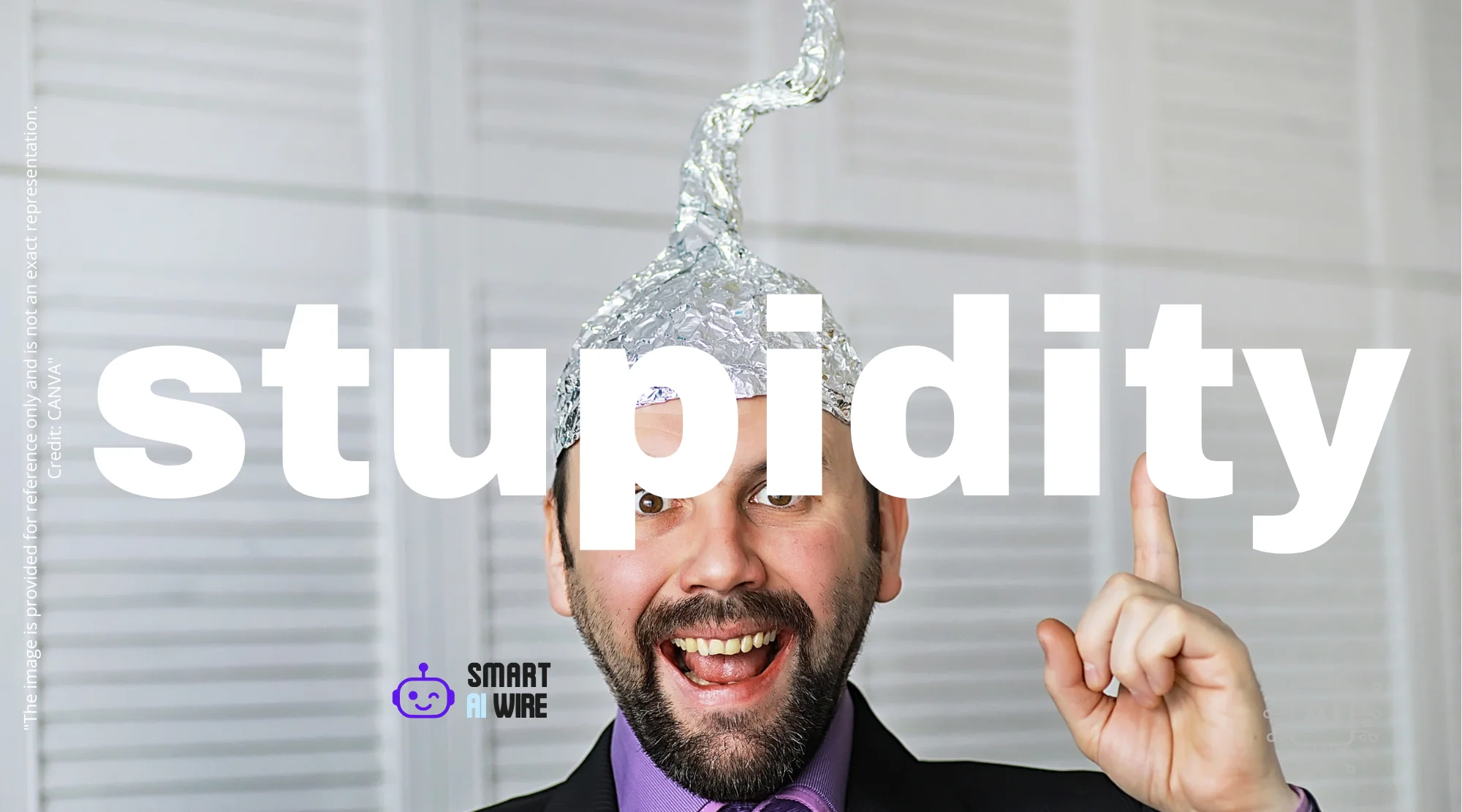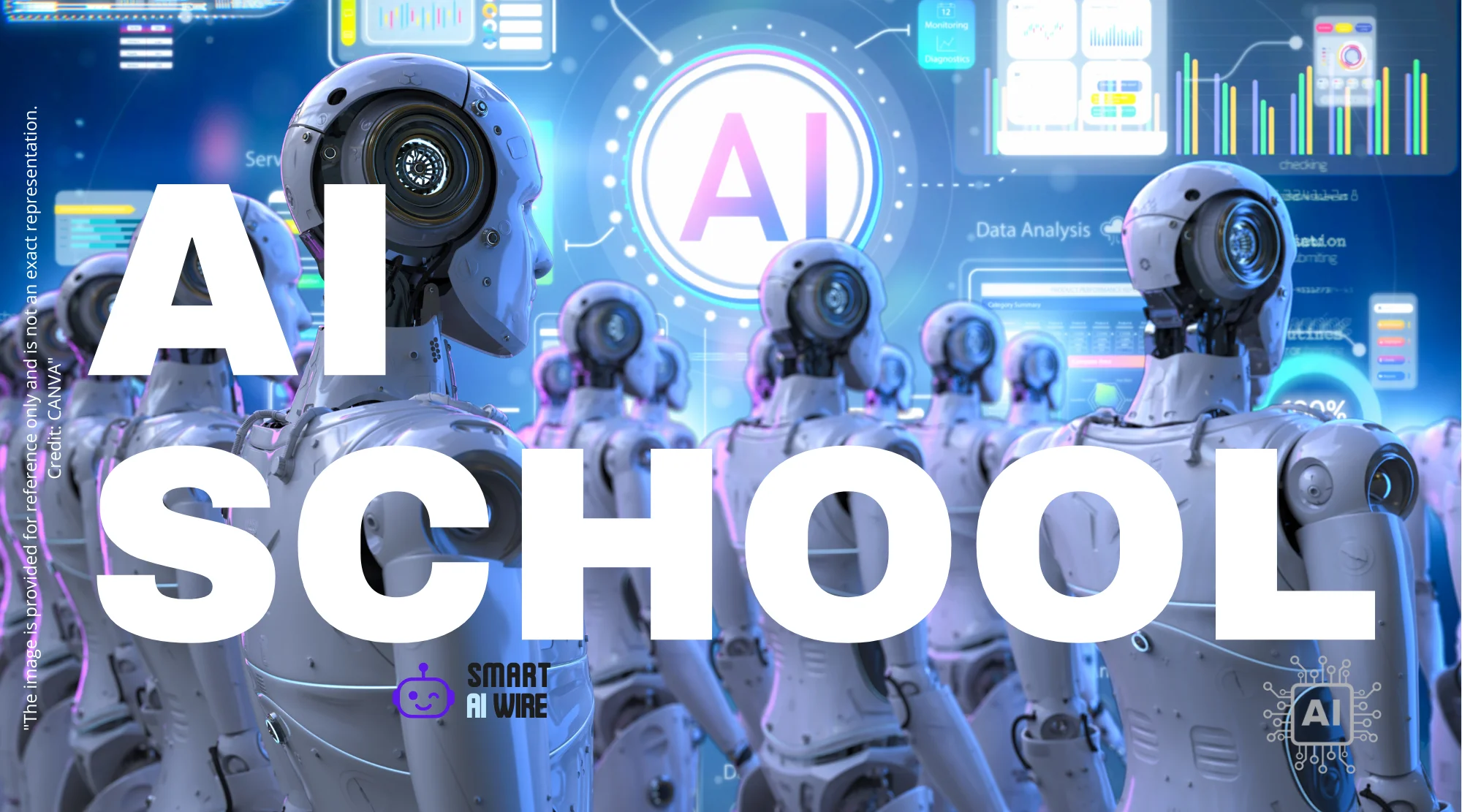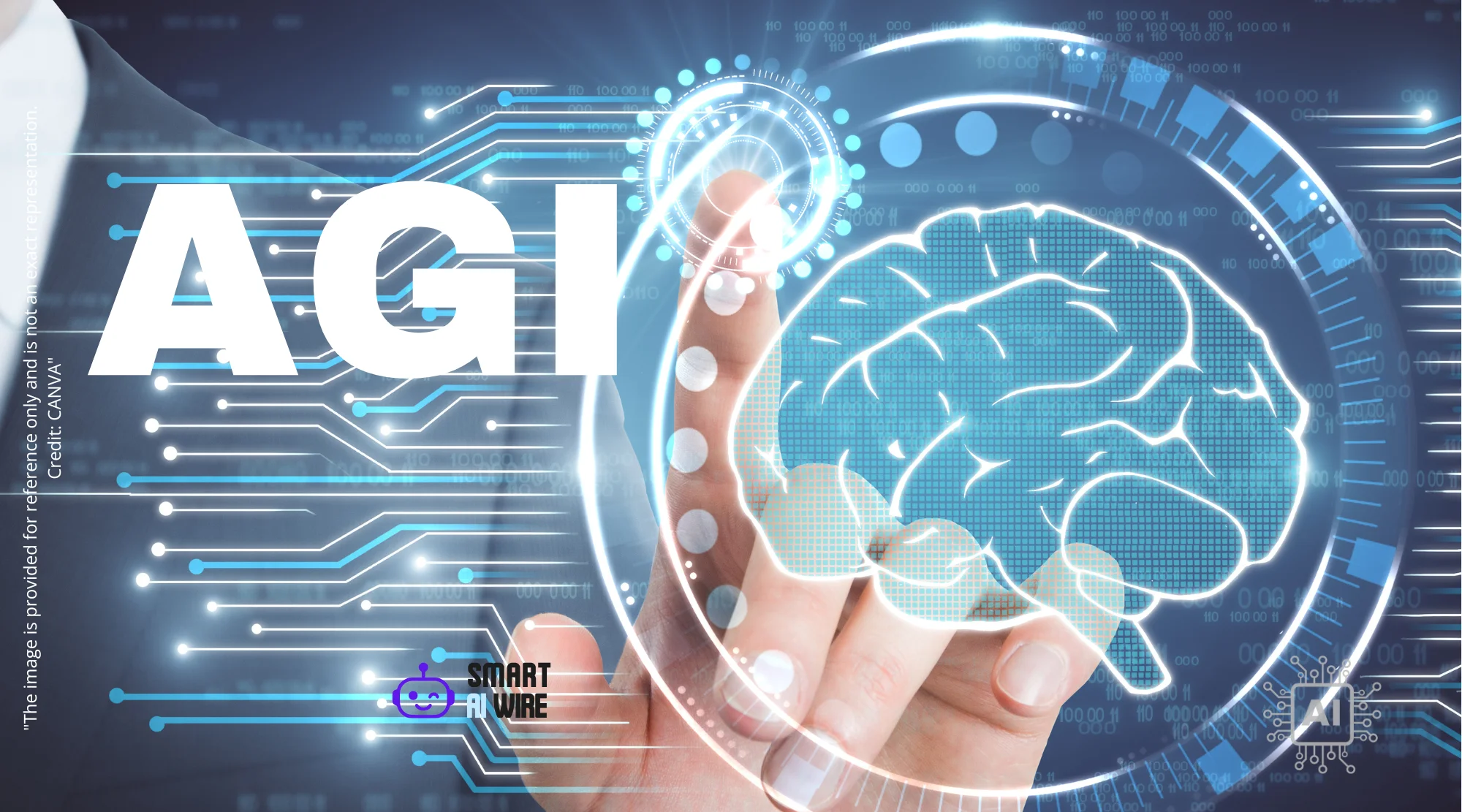The rise of artificial intelligence is revolutionizing numerous industries, and language translation is no exception. AI-powered tools are rapidly transforming how we communicate across languages, offering instant and affordable translation solutions. But as AI live translation becomes more sophisticated, important questions arise about the future of human translators and the potential loss of nuance and cultural understanding in cross-cultural communication. This article explores the impact of AI on the translation industry, examining both the benefits and challenges of this technological shift.
The Rapid Evolution of AI Live Translation
AI translation has come a long way in a short time. Early machine translation systems were clunky and often produced comical results. However, with advances in neural networks, deep learning, and vast datasets, AI can now generate translations that are surprisingly accurate and fluent. Real-time translation apps and devices are becoming increasingly common, allowing individuals to communicate with others who speak different languages with ease. These advancements are largely due to sophisticated algorithms and the ability to process massive amounts of data, enabling AI to learn language patterns and contextual nuances. This has led to more accurate and natural-sounding translations compared to earlier systems.
Benefits of AI Translation Tools
AI translation tools offer several significant advantages, especially for businesses and individuals seeking efficient and cost-effective language solutions. Speed is a major factor; AI can translate documents or conversations in seconds, a task that would take human translators considerably longer. AI translation is also more affordable than hiring professional translators, making it accessible to a wider range of users. For businesses expanding into new markets, AI translation can facilitate communication with international customers and partners. Additionally, AI translation tools can be used to automate repetitive tasks, freeing up human translators to focus on more complex and creative projects. For instance, AI can handle the initial translation of a large document, which a human translator can then refine and perfect.
The Human Touch: Why Human Translators Still Matter
Despite the advancements in AI translation, human translators remain essential. While AI can handle straightforward translations, it often struggles with nuanced language, cultural context, and creative content. Human translators bring a deep understanding of language, culture, and context to their work, ensuring that the translated text accurately conveys the intended meaning and tone. This is particularly important in fields such as literature, marketing, and legal translation, where accuracy and cultural sensitivity are paramount. Consider the subtle nuances in poetry or the legal ramifications of a mistranslated contract; these are areas where human expertise remains irreplaceable. Moreover, human translators can adapt to changing situations and handle unexpected challenges, whereas AI may falter when faced with unfamiliar or ambiguous content.
The Potential Loss of Meaning and Nuance
One of the major concerns about AI translation is the potential loss of meaning and nuance. Language is more than just a set of words; it is deeply intertwined with culture, history, and social context. AI algorithms may struggle to capture these subtle nuances, resulting in translations that are technically accurate but lack the emotional depth and cultural relevance of human translations. This can be particularly problematic in fields such as literature, where the beauty and artistry of the original text may be lost in translation. For example, idioms, metaphors, and cultural references often require a deep understanding of the source culture to be accurately conveyed in another language. Furthermore, the overuse of AI translation may lead to a homogenization of language, as unique expressions and cultural nuances are replaced by standardized translations.
Ethical Considerations in AI Translation
The use of AI in translation raises several ethical considerations. One concern is the potential for bias in AI algorithms. If the data used to train the AI is biased, the resulting translations may perpetuate stereotypes or reflect skewed perspectives. Another ethical issue is the impact of AI translation on employment. As AI becomes more capable, there is a risk that it could displace human translators, leading to job losses and economic disruption. It’s crucial to address these ethical considerations by developing AI translation tools that are fair, transparent, and accountable. Additionally, it’s essential to invest in training and education programs that help human translators adapt to the changing job market and leverage AI as a tool to enhance their work. To learn more about how to navigate the ethical considerations of AI, read “AI Safety Tools: Navigating the Ethics of Content Moderation”: https://smartaiwire.com/ai-safety-tools-navigating-the-ethics-of-content-moderation/.
The Future of AI Live Translation: Collaboration is Key
The future of translation likely involves a collaboration between AI and human translators. AI can handle routine tasks, such as translating technical documents or providing initial drafts, while human translators can focus on more complex and creative projects that require cultural understanding and linguistic expertise. In this scenario, AI serves as a tool to augment human capabilities, rather than replace them entirely. This collaborative approach can lead to more efficient and accurate translations, as well as a more sustainable future for the translation industry. Moreover, it allows human translators to upskill and specialize in areas where their unique skills are most valuable, such as transcreation, localization, and interpreting.
The Role of Prompt Engineering in Better Translations
The quality of AI translations is heavily influenced by the prompts given to the AI. This is where prompt engineering comes in. A well-crafted prompt can guide the AI to produce more accurate, nuanced, and contextually appropriate translations. Prompt engineers need a deep understanding of both language and AI models. They experiment with different prompts, analyze the results, and refine the prompts to achieve optimal translation quality. The skills of a prompt engineer are increasingly valuable as AI becomes more integrated into translation workflows. To learn more about excelling in this space, check out “Become a Prompt Engineer: Skills, Tools & Learning Path”: https://smartaiwire.com/become-a-prompt-engineer-skills-tools-learning-path/.
Examples of AI Translation in Action
AI translation is already being used in a wide range of applications. In customer service, AI chatbots provide instant translations to assist customers who speak different languages. In education, AI translation tools help students learn new languages and access educational materials in their native language. In healthcare, AI translation facilitates communication between doctors and patients who do not speak the same language. Additionally, AI translation is used in international business to facilitate communication between companies and their global partners. For example, platforms like Google Translate are used for quick translations of text and websites, while more sophisticated AI-powered tools are used for translating legal documents and marketing materials. The New York Times and Washington Post are leveraging AI Strategies in News.
Addressing Common Pitfalls in AI Translation
While AI translation offers numerous benefits, it’s important to be aware of its limitations and potential pitfalls. One common issue is the lack of cultural context, which can lead to mistranslations or inappropriate language choices. Another challenge is the difficulty of translating idioms, metaphors, and other figurative language. Additionally, AI translation may struggle with complex sentence structures and ambiguous wording. To mitigate these issues, it’s essential to use AI translation tools in conjunction with human review and editing. Human translators can identify and correct errors, ensuring that the translated text is accurate, culturally appropriate, and conveys the intended meaning. This hybrid approach combines the speed and efficiency of AI with the expertise and nuance of human translators, resulting in high-quality translations.
In conclusion, AI live translation is transforming the way we communicate across languages, offering numerous benefits in terms of speed, cost, and accessibility. However, it’s crucial to recognize the limitations of AI and the irreplaceable value of human translators. The future of translation lies in a collaborative approach, where AI serves as a tool to augment human capabilities, rather than replace them entirely. By embracing this collaborative model and addressing the ethical considerations associated with AI translation, we can harness the power of technology to bridge language barriers and foster greater understanding across cultures. As AI continues to evolve, ongoing research and development will be essential to improve the accuracy, nuance, and cultural sensitivity of AI translation tools. Ultimately, the goal should be to create translation solutions that are both efficient and respectful of the diversity of human languages and cultures. Consider reading “AI and Human Authorship: Why the Human Element Remains Final”: https://smartaiwire.com/ai-and-human-authorship-why-the-human-element-remains-final/.



